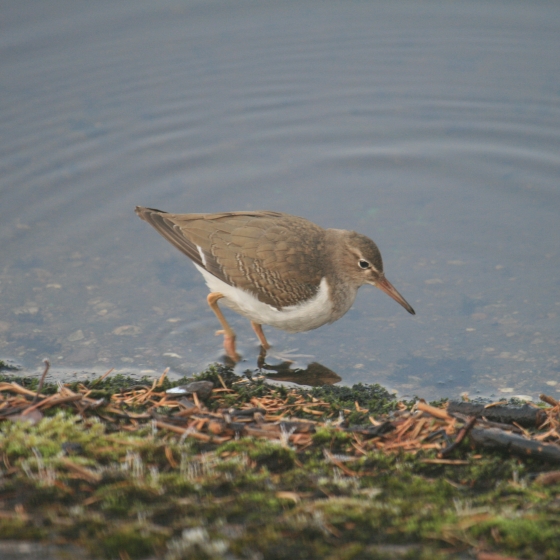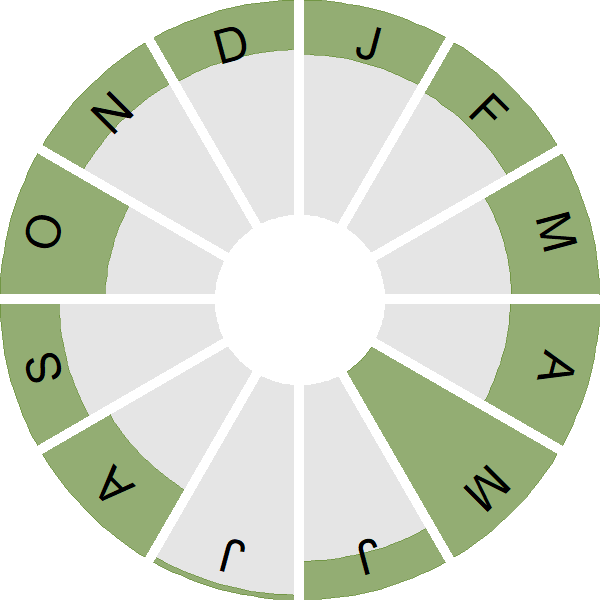Spotted Sandpiper

Introduction
The Nearctic counterpart of Common Sandpiper (which it closely resembles) is a scarce, but annual, visitor to Britain & Ireland. Remarkably, a pair of Spotted Sandpipers nested on Skye in 1975, though failed at the egg stage.

Key Stats
Status and Trends
Conservation Status
Population Size
Population Change
Population trends of this scarce species are not routinely monitored.
Distribution
This species is a rare vagrant and was recorded during Bird Atlas 2007–11 as shown on the map.
Occupied 10-km squares in UK
2007/08–10/11
or view it on Bird Atlas Mapstore.
2008–11
or view it on Bird Atlas Mapstore.
Distribution Change
This vagrant is too rarely reported to map distribution change.
Seasonality
Spotted Sandpiper is a rare vagrant that can be encountered at any time of the year.
Weekly pattern of occurrence
The graph shows when the species is present in the UK, with taller bars indicating a higher likelihood of encountering the species in appropriate regions and habitats.

Movement
Britain & Ireland movement
Biology
Survival and Longevity
Survival is shown as the proportion of birds surviving from one year to the next and is derived from bird ringing data. It can also be used to estimate how long birds typically live.
Classification, names and codes
Classification and Codes
- Order: Charadriiformes
- Family: Scolopacidae
- Scientific name: Actitis macularius
- Authority: Linnaeus, 1766
- BTO 2-letter code: PQ
- BTO 5-letter code: SPOSA
- Euring code number: 5570
Alternate species names
- Catalan: xivitona maculada
- Czech: pisík americký
- Danish: Plettet Mudderklire
- Dutch: Amerikaanse Oeverloper
- Estonian: ameerika vihitaja e. ameerika jõgitilder
- Finnish: amerikansipi
- French: Chevalier grivelé
- Gaelic: Luatharan-breac
- German: Drosseluferläufer
- Hungarian: pettyes billegetocankó
- Icelandic: Dílastelkur
- Irish: Gobadán Breac
- Italian: Piro piro macchiato
- Latvian: punktaina tilbite
- Lithuanian: demetasis krantinis tilvikas
- Norwegian: Flekksnipe
- Polish: brodziec plamisty
- Portuguese: maçarico-pintado
- Slovak: kalužiacik škvrnitý
- Slovenian: ameriški mali martinec
- Spanish: Andarríos maculado
- Swedish: fläckdrillsnäppa
- Welsh: Pibydd Brych
More Evidence
More evidence from Conservation Evidence.com
Partners
Citing BirdFacts
If you wish to cite particular content in this page (e.g. a specific value) it is best to use the original sources as linked in the page. For a more general citation of the whole page please use: BTO (20XX) BirdFacts Species: profiles of birds occurring in the United Kingdom. BTO, Thetford (www.bto.org/birdfacts, accessed on xx/xx/xxxx).

